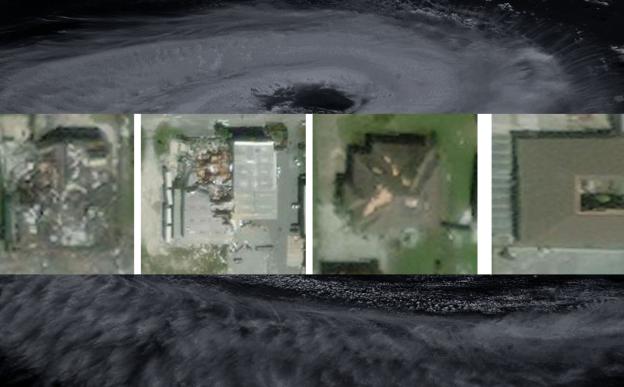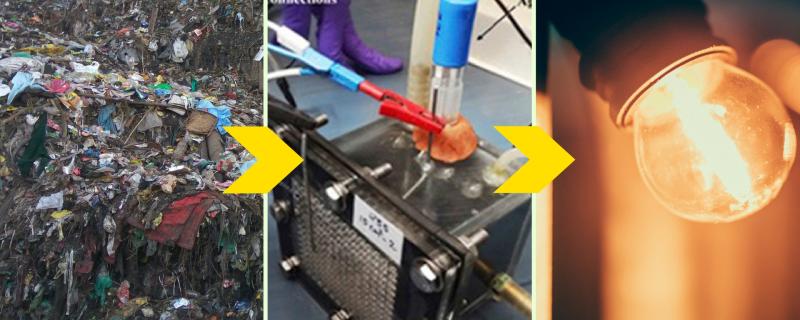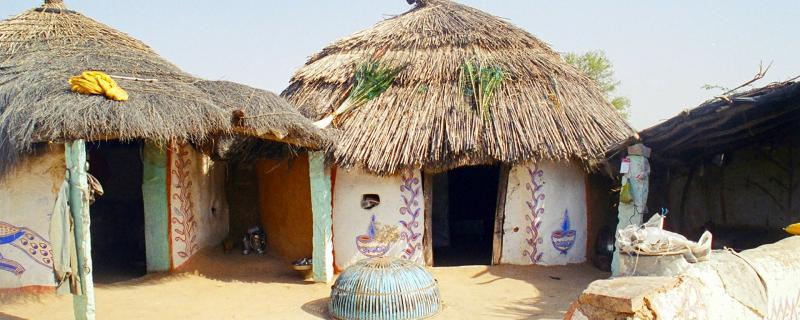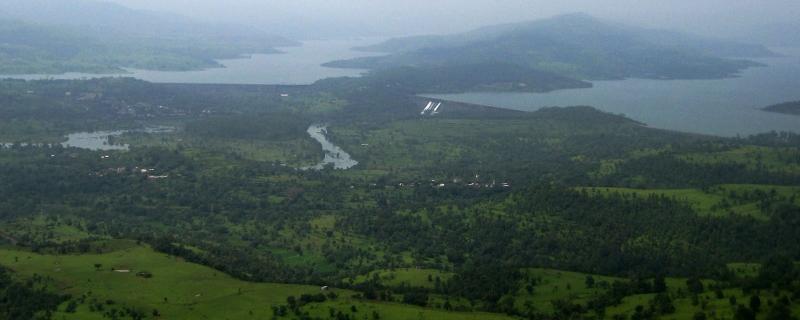On January 31st starting at around 17:18 IST, India will witness a rare celestial event-- a total lunar eclipse coinciding with a supermoon and a blue moon.
A lunar eclipse occurs when the earth comes in between the sun and the moon, casting its shadow on the moon. This is called a total lunar eclipse.







